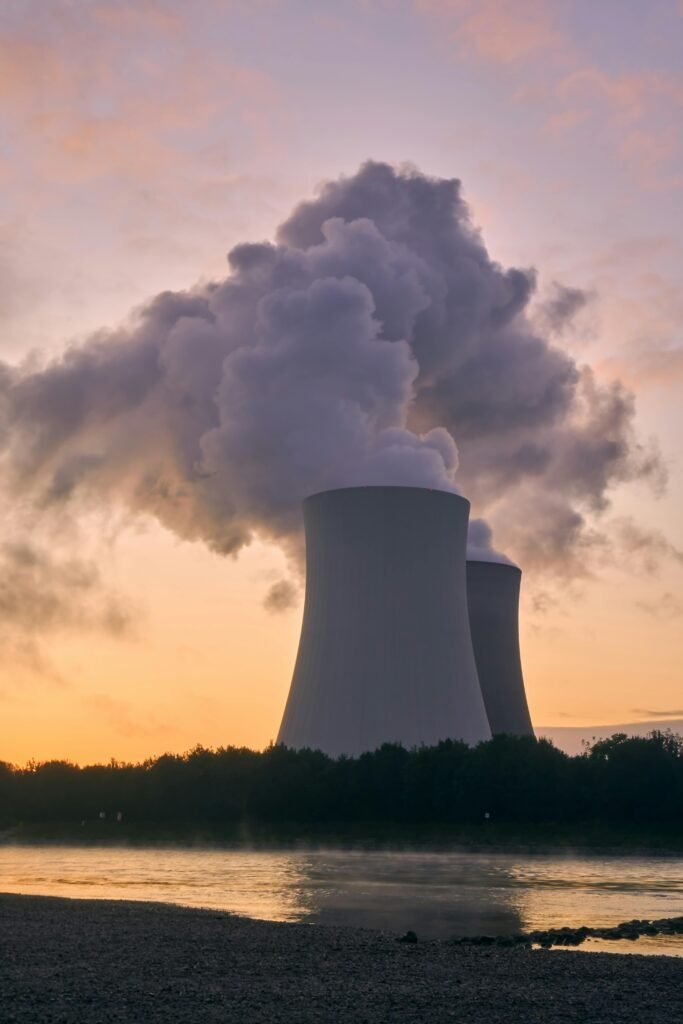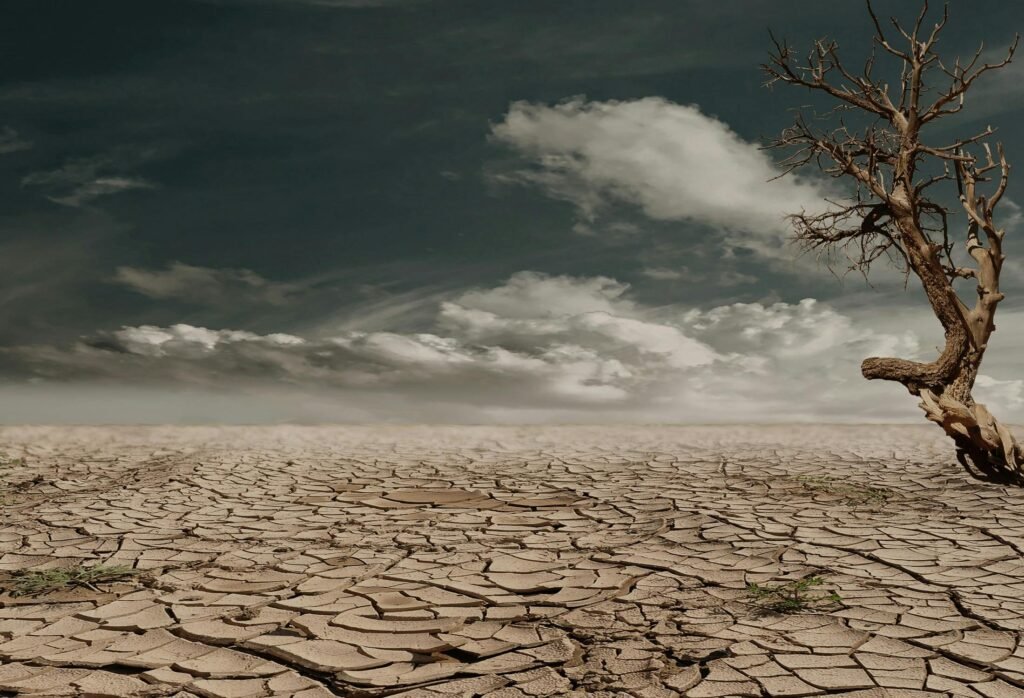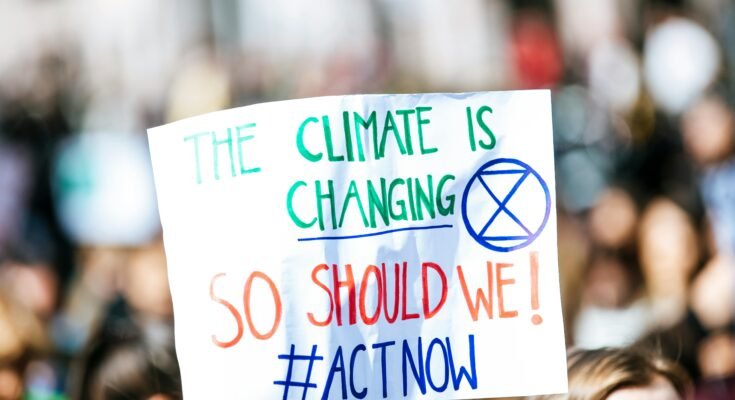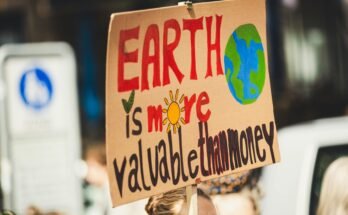Climate change is one of the greatest challenges of our time. The Earth’s climate is restructured in significant ways, leading to increments in temperatures, increased hostile weather, and disruption of ecosystems. Most anthropogenic conflicts have tremendous impacts on the environment and societies. A discussion of climate change will lead us into its causes, effects, and possible solutions.
Understanding the Causes of Climate Change

Raising concentrations of greenhouse gases (GHG) constitute the primary social cause of climate change. These gases absorb infra-red radiation in the atmosphere, leading to a rise in global temperature, which is commonly termed the greenhouse effect. The most significant among them are:
1.Burning of Fossil Fuels: The burning of either coal, oil, or natural gas for energy production releases CO2 in the atmosphere, increasing the temperature across the globe.
2.Deforestation: Because trees absorb CO2, large-scale removal of forests for agricultural and urban development greatly diminishes the abilities of the earth to control carbon levels.
3.Industries: Various industrial processes are responsible for releasing GHG with CO2, methane, and nitrous oxide being the most significant.
4.Agriculture: livestocks produce methane, the strongest of GHGs, while the overuse of fertilizers releases nitrous oxide.
5.Landfills and Waste Management: Landfills produce methane, and poor waste management adds to pollution and GHG emission sources.
6.Transport: Gasoline and diesel engines account for a good part of emissions; in transportation, they rank high among climate changes.
7.Growth and expansion of cities evidenced a parallel growth in energy consumption and change in land use, thereby resulting in higher emission levels and lesser carbon sequeuing areas.
The effects of climate change

are already being felt worldwide, and the situation will only worsen if left unchecked. Some of the most significant effects include:
1.Rise of Global Temperatures: Average global temperatures have risen significantly over the last hundred years, leading to a rise in both the frequency and severity of heatwaves.
2.Melting of Ice Caps and Rising Sea Levels: At a disturbing rate, polar ice caps and glaciers are melting, contributing to rising sea levels that endanger coastal communities.
3.Extreme Weather Events: Hurricanes, wildfires, floods, and droughts are becoming more severe and frequent, causing widespread destruction and dislocation.
4.Loss of Biodiversity: Climate change disrupts ecosystems, causes habitat loss, and many plants and animals to become extinct.
5.Food and water insecurity: Changes in precipitation patterns together with extreme weather affect agricultural productivity, leading to food shortages and water scarcity.
6.Health effects: Rising temperatures and levels of pollution increase the incidence of respiratory diseases, heat illnesses, and contagious diseases.
7.Economic effects: The economic impact of climate change is staggering due to business, government, and individual sectors facing increased costs in disaster recovery, damage to infrastructure, and losses in productivity.
8.Displacement, forced migration: Rising sea levels and extreme weather events force people out of their homes, causing climate refugees and thus communal tensions in the affected regions.
Solutions to Curb Climate Change
Despite the grievousness of the crux, various steps need to be taken by individuals, state, and business enterprises to mitigate the effects of climate change.

- Investing in Renewable Energy
Governments, industries, and other organizations should start the decline of fossil fuels and invest in solar, wind, hydro energy-resources since their transition plays a crucial part in the reduction of GHG emissions. - Implementing Energy Efficiency Strategies
Reducing electricity consumed by homes, businesses, and transport systems will lower the carbon footprints. Using LED lighting, better insulation, and using energy-efficient appliances will enhance sustainability and will show a significant difference. - Afforestation and Reforestation
Planting new trees and protecting existing forests will absorb atmospheric CO2. Investments in large-scale reforestation programs to restore natural ecosystems should be made by governments and organizations. - Sustainable Agriculture and Food Systems
A number of things, such as reducing food waste, more sustainable ways of farming, and plant-based diets, can lead to lower emissions from agriculture. Innovation, such as routine farming and organic farming, create a climate-friendly production of food. - Fortifying Climate Policies
Governments should take decisions regarding policymaking. For instance, taking such measures as carbon pricing, emission reduction targets, and offering rewards for continuously sustainable strategic options. International cooperation is necessary if we are to tackle climate change. - Building Public Awareness and Pressure
Education for climate change and sustainable behaviors leads the awareness of the citizens to cooperate. Advocacy and ground-up movements accelerate the change in policy by moving to further strategies. - Enlarging Technological Innovations
Investment priorities should include research and development in all sustainable technologies to administer carbon capture and storage (CCS), sustainable construction materials, and electric transportation projects, which will help largely in removing emissions and operationalize a green approach. - Projects for Green Urbanization
Cities should prioritize green expanse and energy-efficient buildings plus accessible public transport to mitigate emissions while striving to create a comfortable urban abode.
Conclusion
It is to be a complex and urgent issue needing immediate action. An understanding of its causes and effects may hasten far-reaching solutions protecting our beloved planet for generations to come. Governments, businesses, and individuals must work together to reduce greenhouse gas emissions, develop sustainable practices, and build a more resilient world. The time has come; the future depends on it.
We can all assist one another in winning the fight against climate change, and it is not just the responsibility of the people at City Hall or the corporations. Each one of us has the chance to make conscious decisions, urge the powerbears to redraw the lines, and support sustainable initiatives as the everyman and layman.
If you understood this,please share your thoughts on how to improve climate and environment this year.



